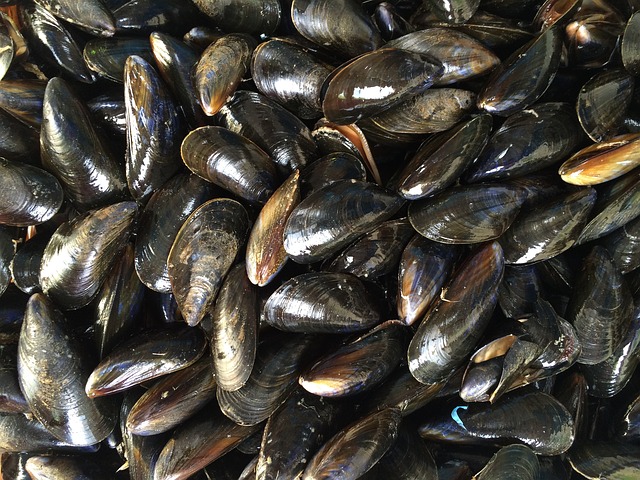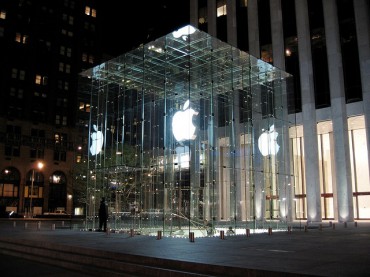
Mussel adhesive protein refers to the protein that mussels secrete to stick to the wet surfaces of solid rocks. (image: Pixabay)
POHANG, May 27 (Korea Bizwire) — New technology has been developed that allows doctors to connect severed nerve ends together using mussel adhesive protein without the need to use suture threads.
A joint research team from Pohang University of Science and Technology, Ewha Womans University and the Catholic University of Korea Seoul St. Mary’s Hospital announced on Thursday that it had developed a hydrogel adhesive for medical use on the basis of mussel adhesive protein.
Nerves are one of the tissues that are difficult to reproduce. Accordingly, when they are severed, the only way to reconnect them was to stitch them precisely with suture threads.
This method, however, requires a high level of medical skill and takes a very long time. In addition, there is a potential that the reproduction of nerve cells can be hindered by the secondary damage caused by the penetration of suture threads.
The research team attempted to overcome such shortcomings by turning mussel adhesive protein into a jelly-type photo-crosslinking hydrogel adhesive.
Mussel adhesive protein refers to the protein that mussels secrete to stick to the wet surfaces of solid rocks.
This adhesive exists in a liquid state when not exposed to light. If it is exposed to visible light, it instantly turns into a hydrogel with an adhesive power.
Connecting severed nerve segments with this adhesive helps to prevent secondary damage and reduce immune inflammation.
M. H. Lee (mhlee@koreabizwire.com)






